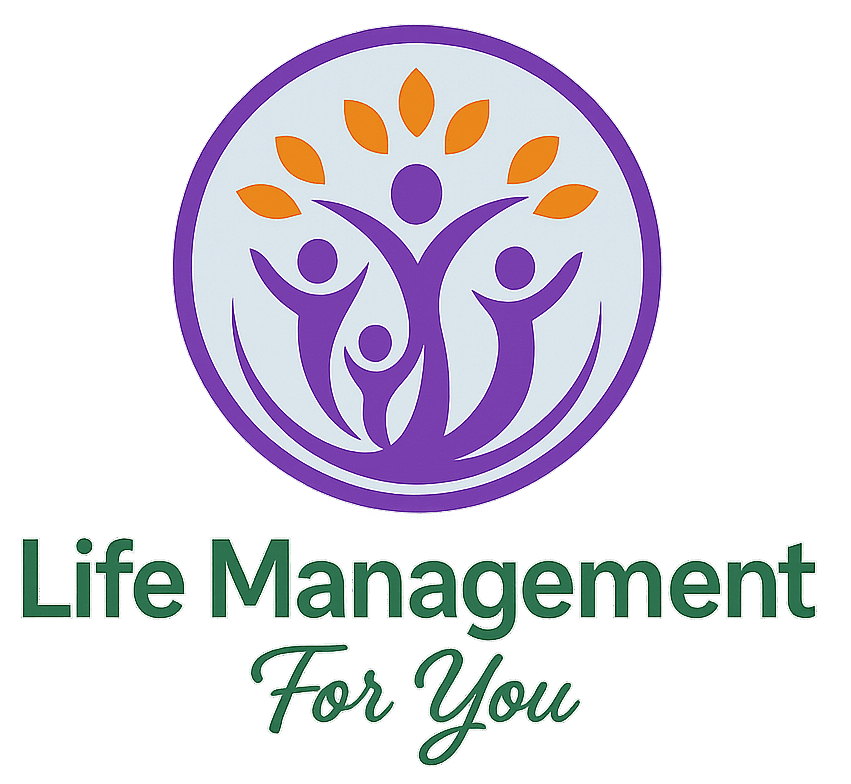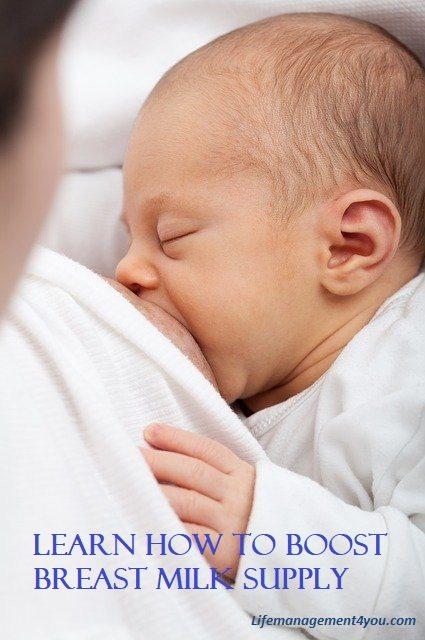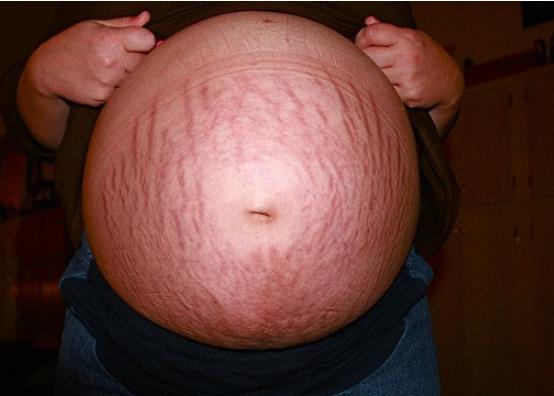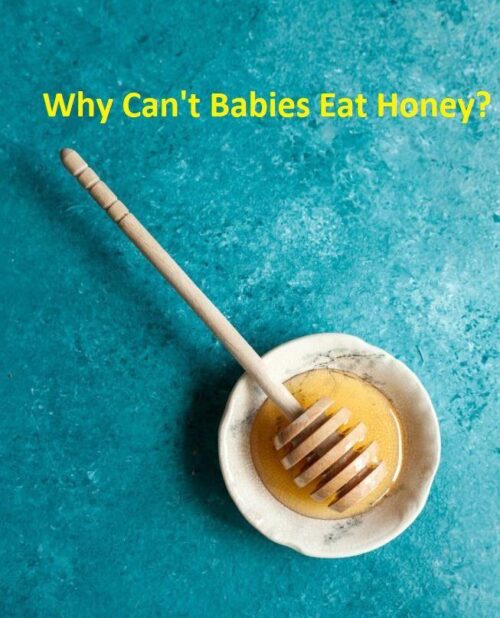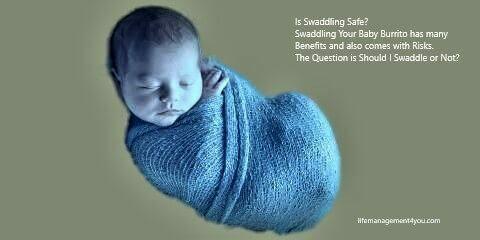Do you suffer from cracked or bleeding nipples breastfeeding your little bundle of joy? Find out why & how you can heal your sore nipples while breastfeeding.
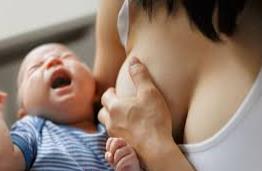
Parenthood comes with many challenges from both sides.
More so with mothers who go through the long term of carrying their newborn(s) during labor right to the time of birth.
Given birth is a separate challenge itself.
So kudos and a shout out to all mothers for the love, sacrifice, and devotion they give when bringing life into this world.
These are the first of two significant steps in life as a parent.
Pregnancy (carrying your newborn)
Birth (finally bringing life into this world) gives a new meaning to taking the weight off your shoulders.
Now for the third major step
Breastfeeding
For some mothers, this is a breeze, yet for others, particularly first-time mothers who may find other issues not planned or wanted.
There are various reasons mentioned below.
The main focus discussed here is the issue of having Sore, Cracked, or Bleeding Nipples Breastfeeding your little bundle of joy.
So let’s go into the causes of such issues along with simple ways that you can help your girls heal and feel better while still breastfeeding.
Cracked or Bleeding Nipples Breastfeeding.
Here are some common causes for Sore Nipples that may develop further in being Cracked or Bleeding Breastfeeding.
Then together, we will discuss in more detail as we read along.
8 Reasons Why You May Have Sore, Cracked or Bleeding Nipples Breastfeeding.
- Improper Latching
- Incorrect breastfeeding Positions
- Breast Pumps
- Nipple Shields
- Engorged Breasts
- Mastitis
- Tongue-Tied Baby
- Nipple Confusion
Improper Latching
Latching is perhaps one of the most common and biggest reasons first-time mothers may face, generally during the first week of breastfeeding.
As you and your baby are on a steep learning curve, it can take a few days to get it down pat.
Your baby’s mouth should be around the areola or at least most of it when breastfeeding and not on the nipple itself.
When latched correctly, the nipple will be towards the back of the baby’s mouth, known as the soft palate.
Otherwise, if not in the correct position, your nipples can get caught between the baby’s tongue and the roof of their mouth (hard palate).
As a result, the nipples will be squeezed, pulled, and whatnot if not latched on correctly, to the point you will have soreness which often leads to having cracked and or bleeding nipples.
A good latching way is to line up their nose to your nipple, then when your baby opens their mouth, bring them closer to your breast.
In doing so, this will then end up placing your nipple towards the back of their mouth.
If you are still having problems, see a lactation consultant to help you out.
They will notice how you are doing and improve any techniques to benefit you both.
Even better is to learn and fix any latching problems before you leave the hospital.
Unlatching your baby
If you are ready to go to the other breast or have finished, make sure you do not pull your breast away too quickly away from their mouths.
Removing your breast too quickly can result in more injuries to your nipple, more so if you are already suffering from cracked or bleeding nipples.
Instead, break their suction by placing your pinky near the corner of their mouth and then pushing down a bit to break the suction.
Doing so helps in breaking the feeding motion.
You can move the baby to the other side or have the baby rest if you are finishing breastfeeding.
Incorrect Breastfeeding Positions
One of the issues with having cracked nipples can result from incorrect positioning when breastfeeding.
How you hold your baby and your body position can affect how comfortable the breastfeeding session will be.
When your baby is not in the correct position, they will try to grab hold of the nipple itself, which is not the option to take
There are various forms of breastfeeding positions.
Some mothers who may have a pregnancy pillow find this very helpful in giving added comfort while feeding.
Rather than promoting books for you, I feel it is best to see it in action rather than reading words.
Below, you will see the methods and correct actions from an experienced mother or a lactation consultant.
Breast Pumps
Breast pumps can be a Godsend for many breastfeeding mothers.
You have manual pumps or various types of electric or USB-type pumps for either single or double breast use.
However, similar to actual breastfeeding, using a breast pump should not cause any pain or traumatic issues.
Just like breastfeeding, it may take a few days to become used to using breast pumps.
Unfortunately, incorrect use of breast pumps at the start can cause pain and further nipple trauma.
There are two main reasons for this.
1 Setting the suction too high can hurt or further damage your nipples.
2 Some breast shields (flanges) that come with the pumps may be too small and can place unnecessary pressure on your nipples.
The most common sizes are 24 or 27 mm or 2.4 to 2.7 cm.
It is also best to shop around first, as you know not everyone’s breasts are the same size, nor are the size and shape of the nipples.
A good starting point is the Medela brand which has Flex breast shields with soft rims to give you a more comfortable fit when pumping more milk.
Nipple shields
The use of nipple shields can be of some benefit for some mothers while their nipples are healing.
However, this should only be a very short-term solution as many babies can struggle to latch on properly due to the shield and may not receive the proper milk flow they need.
Using nipple shields can cause your baby to feed differently from normal breastfeeding.
So there is some give and take here for the mother.
That is why seeing a lactation consultant if you have issues with your baby latching on correctly will benefit you and your baby.
So you can learn the correct technique for your baby to latch on.
The sooner this is done, the quicker you can stop using nipple shields.
If your breasts struggle to release adequate milk during feeds due to using a nipple shield, you could very well face other issues that could easily create blocked milk ducts or engorged breasts.
Engorged Breasts
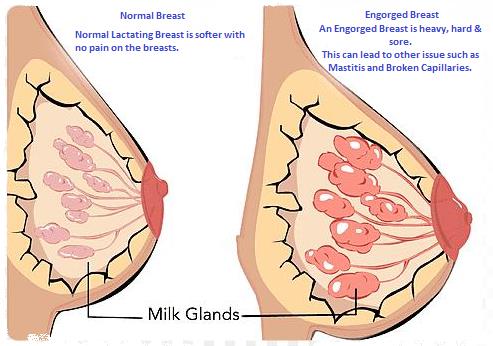
Speaking of engorged breasts did you know that not releasing milk regularly during and after breastfeeding can lead to having painful and hardened breasts?
This engorgement can create more problems for the baby trying to latch on correctly as the nipples are flatter.
Some reasons for engorgement can be the breasts not releasing milk mentioned above.
Giving bottle-feeds or other fluids instead of breastfeeding is a cause of concern for you both.
Breastfeeding is all your baby needs during the first six months of life.
Fortunately, there are simple steps you can take to help relieve any discomfort you may have due to enlarged breasts.
The best way to empty the breast is by feeding your baby or using a breast pump and storing this in the freezer when added demand may be needed.
You can have a warm shower before breastfeeding as this helps milk flow.
Hand expressing before you feed your baby will help to lessons some pressure on your hardened breasts.
Place a warm cloth over your breasts to soften the effects and boost breast milk flow.
Another idea that may help is to use a cold compress using cabbage leaves over the breasts to help relieve any possible inflammation.
If pain persists and you are not getting any further relief, please consult your doctor or lactation consultant for medical advice.
Mastitis

Mastitis is a painful breast inflammation that can happen to anyone regardless of whether they breastfeed or not.
Mastitis can affect men as well.
Of course, this article is about breastfeeding mothers.
Blocked Milk Ducts:

The most common reason for breastfeeding mothers is that mastitis is caused by the milk ducts becoming blocked.
The reasons for having blocked milk ducts can result from swapping or giving other fluids and not breastfeeding regularly, or at least not emptying the milk enough from the breasts.
Other than breastfeeding regularly, to help further relieve the pain from your breasts, express your milk either by hand or use a breast pump correctly.
Place a warm cloth over your breasts to soften the effects of the blocked ducts.
Infections:
If you have cracked or bleeding nipples already, mastitis can occur from infection through your damaged nipples.
Your infected breasts can become very painful, red, and swollen, and usually have a hard, warm lump at the source of the pain.
If you feel your breasts are infected and are concerned, please consult with your doctor or lactation consultant for further medical advice.
You may need some antibiotics which are safe from breastfeeding.
Tongue-Tied Baby
There are times your baby may not be latching on not because of general latching issues but because they have other issues relating to the tongue.
Tongue-tie, also known as ankyloglossia, is a congenital condition where the tissue connecting the tongue to the base of the mouth is either too short or too tight.
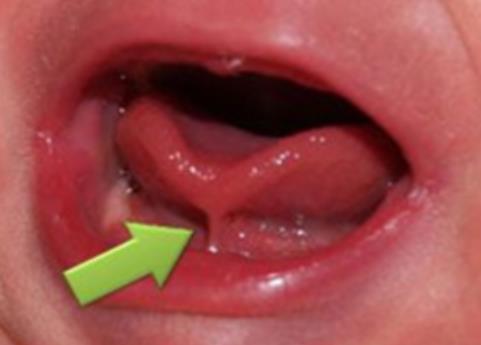
As a result, this can create an issue with the baby latching on properly.
You may also find that tongue-tied babies may have a slower weight gain due to not getting an adequate milk supply.
Other issues may occur later in life, such as dental and even speech issues.
If this is the case, please see your doctor for further assessment as soon as possible.
Nipple Confusion
Nipple confusion for your baby is where you may be bottle-feeding, giving breast milk, and even using pacifiers.
Due to this confusion, the baby’s technique is different with each form of feeding or using a pacifier.
As a result, this becomes one of the reasons why cracked and sore nipples occur due to nipple confusion.
To avoid this, only breastfeed in the first six months and give nothing else unless there is a medical concern.
All the nutrients and nourishment needed for your newborn is in your breastmilk.
If your baby is struggling due to nipple confusion or a medical issue, then contact your lactation consultant for further medical advice.
Sometimes it can be a simple fix.
How to Deal with Cracked or Bleeding Nipples Breastfeeding. YouTube
Can I still breastfeed with cracked or bleeding nipples?
The answer is not a simple case of yes or no, as this depends on why your nipples are bleeding.
Most mothers do not notice their breastmilk contains some blood until they start using a breast pump.
You may even notice a touch of blood on the mouth of your baby or if they throw up some milk.
As a result of seeing blood in breast milk, many first-time mothers may feel a cause for concern.
Generally, it is (even by leading medical authorities) safe to continue breastfeeding with some blood present in the breast milk.
If this is a case of bleeding due to cracked nipples, then a little blood should be considered ok, and most often, the bleeding should stop after a few days.
However, you need to note the reasons why you are bleeding.
Below are some reasons why your breast milk may contain blood.
Blood in Breast Milk
Apart from bleeding due to cracked nipples, there may be other reasons that may cause bleeding. Some of which can be just a simple fix to the issue, while others may be more serious.
Cracked or Damaged Nipples
One of the most common reasons for blood in your breast milk is a result of having cracked or damaged nipples.
The longer incorrect latching continues, the more likely are your chances your cracked nipples will start to bleed.
Two main parts can help you here.
1) Learning the correct latching techniques will help improve and lessen the chances of bleeding due to cracked nipples while you breastfeed.
2) You can treat your nipples by applying lanolin after each feed which will help heal your nipples faster.
Rusty Pipe Syndrome
We all know that by doing any form of exercise or physical activity, there will always be an increase in blood flow to those areas in need.
Your breasts are no different.
During pregnancy, the placenta was the go-to place to provide all the necessary needs, including blood, for your baby to grow and develop.
Now that your baby has been born, the placenta is no longer needed.
Therefore your body now needs a different channel to direct the blood flow.
In this case, it is your breasts in preparation for breastfeeding.
As the blood begins to flow toward your breasts, your milk ducts begin to form.
During this stage, some blood may remain within your milk ducts.
As they have been there a bit longer, this may cause your breast milk to be a different color.
The blood looks old rather than fresh, which may give a darker or rusty color, hence the term Rusty Pipe Syndrome.
Rusts Pipe syndrome goes away with the first week, and you can still breastfeed as there is no need to be of concern nor any need for medical treatment.
If you are still bleeding for more than a week, see your doctor for further advice.
Broken Capillaries (Spider Veins)
Capillaries or spider veins are small and thin.
These are small blood vessels that can be broken or damaged anywhere in the body in different ways.
In the case of pregnancy, as the blood flows through the breasts, some capillaries may become stretched to the point they may break.
As a result, this can cause some small amounts of blood to leak through to the breast milk.
In a way, this is similar for women who suffer from stretch marks where the blood overstretches the thin capillaries even veins, and stretch marks form.
Other causes of broken capillaries.
- Broken capillaries can result from the incorrect use of breast pumps.
- Bumping into something hard.
- Wearing tight clothing, including tight bras.
- Not having a supportive bra when running or doing vigorous exercise.
- Receiving a hit to the breasts if you are involved in sporting games.
Intraductal Papilloma:
Intraductal papilloma is a non-cancerous growth that can be found growing from within a milk duck and may cause a bleeding discharge.
Should your nipple bleed and is not a result of a cracked or damaged nipple, you may have an Intraductal papilloma as the cause.
Although this is non-cancerous, it is always good to check with your doctor to eliminate other causes that may be of further concern.
Takeaway
Breastfeeding for the first time can come with many challenges, such as cracked or bleeding nipples, and can be a common issue for many first-time mothers.
Knowing the cause and reasons for having blood in your breast milk is vital to help eliminate other issues of concern.
Should the bleeding or other pain continue for more than a few days, it is always best to check with a lactation consultant or your doctor.
Incorrect latching is generally the most common reason for cracked or bleeding nipples.
Incorrect use of a Breast pump would be the number two reason of the nine mentioned above.
The video above will help you with latching techniques, along with certain positions best for you and your baby.
If you have further questions or wish to share other experiences you have had or currently facing, please post your comment below.
Medical Disclaimer
References:
Wikipedia
https://en.wikipedia.org/wiki/Cracked_nipple
“Sore/Cracked Nipples.” Australian Breastfeeding Association, 1 May 2020,
www.breastfeeding.asn.au/bf-info/common-concerns%E2%80%93mum/sore-cracked-nipples
Breastfeeding and thrush. NHS
Breastfeeding and thrush. NHS Choices, Health A to Z. www.nhs.uk
